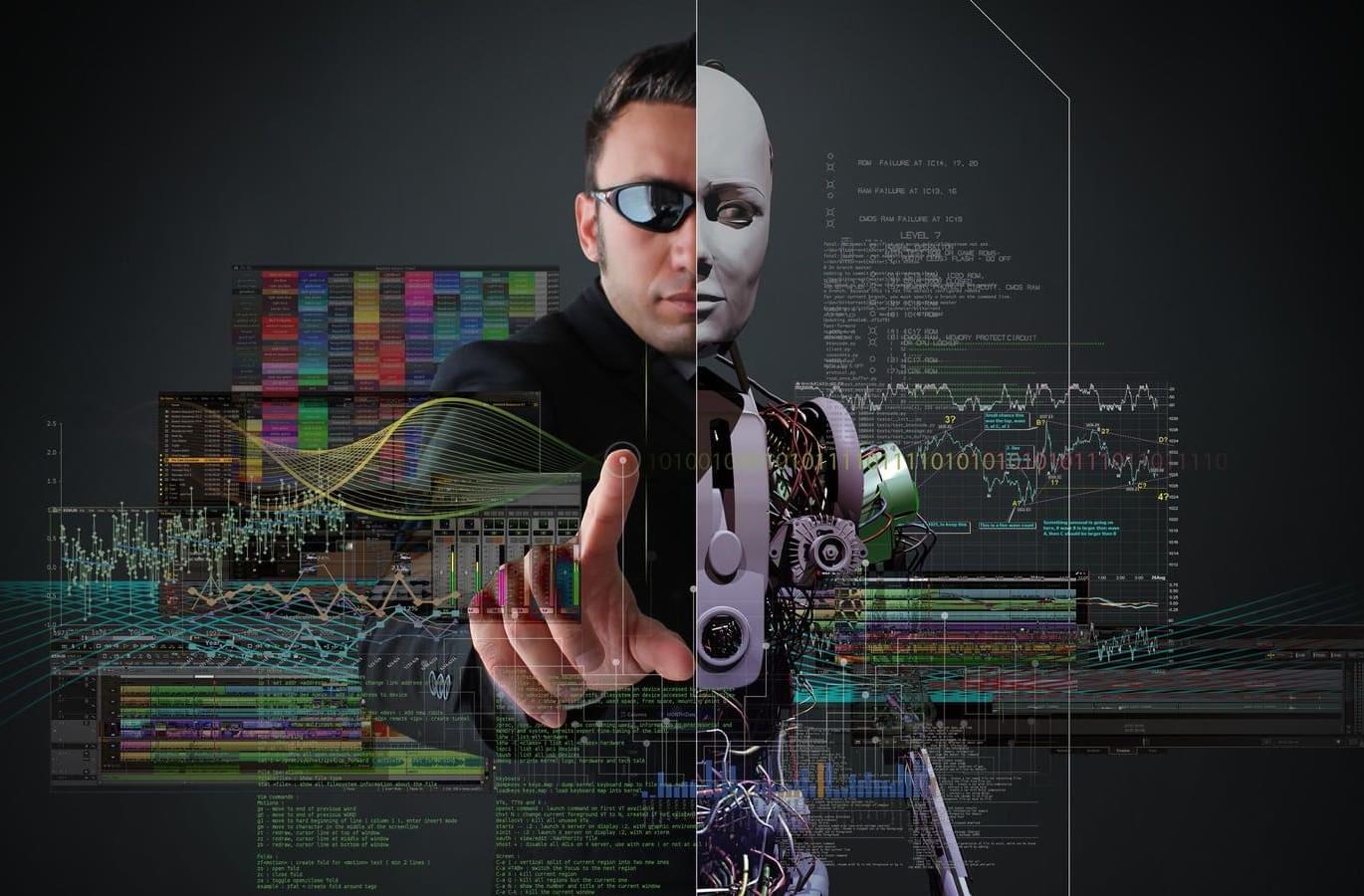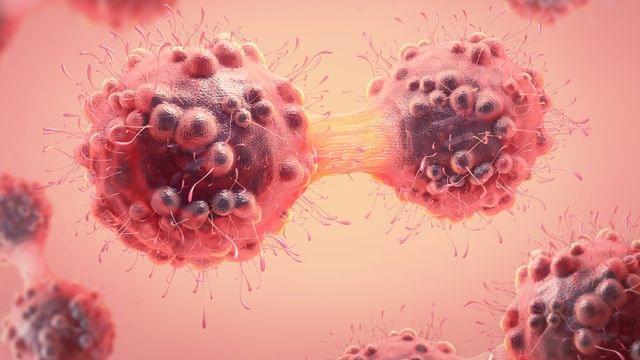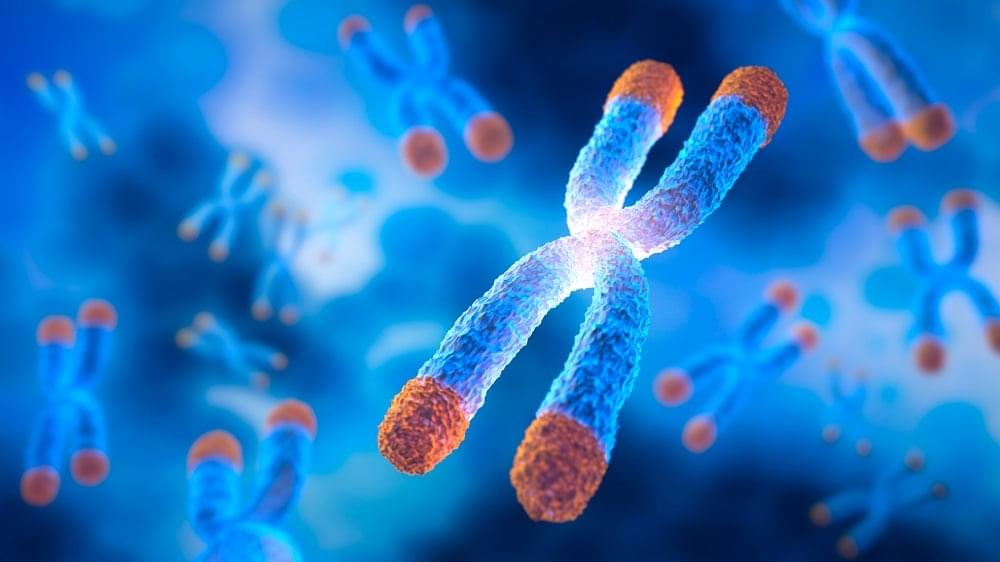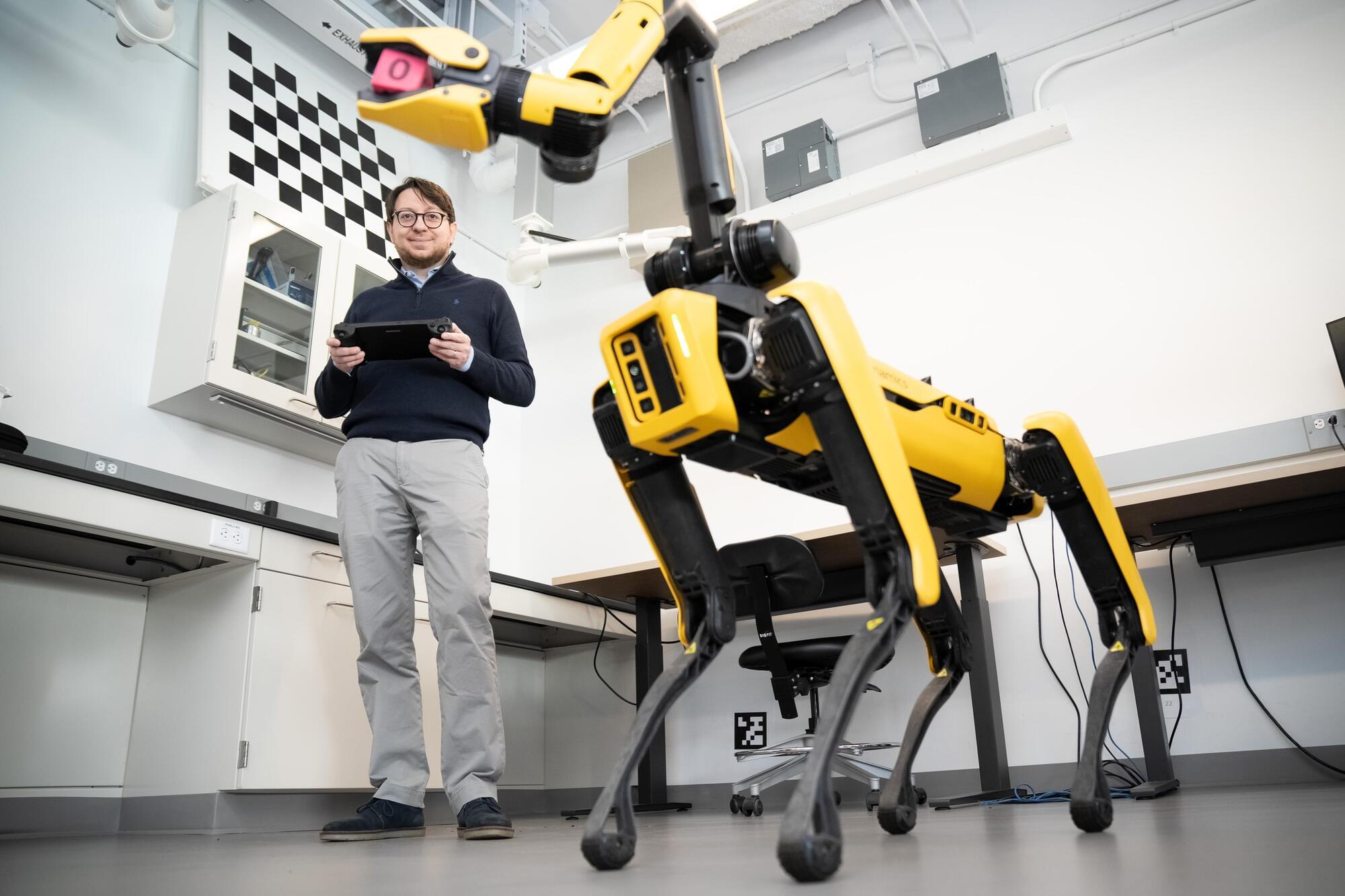In less than 120 minutes, AI agents can recreate an accurate replica of your personality, according to research from Google and Stanford. What’s the workforce impact?



Source: PNAS Nexus.
The microbial ecosystems within our mouths may affect our cognitive function as we age, according to a study. Interventions such as prebiotics, including dietary nitrate, have potential for delaying cognitive decline.
About 15% of older adults have mild cognitive impairment, which is the largest risk factor for the development of dementia or Alzheimer’s disease. There is a known association between periodontitis—gum disease—and worsened cognitive function.

Hidden patterns in electric propulsion plasma beams could help ensure the success of long-term space missions. Go faster, farther, more efficiently.
That’s the goal driving spacecraft propulsion engineers like Chen Cui, a new assistant professor at the University of Virginia School of Engineering and Applied Science. Cui is exploring ways to improve electric propulsion thrusters — a key technology for future space missions.
“In order to ensure the technology remains viable for long-term missions, we need to optimize EP integration with spacecraft systems,” Cui said.
According to management consulting firm BCG, only around half of all aluminum beverage cans are recycled in the United States, which is far behind countries such as Germany. What’s more, aluminum has one of the highest recycling rates in the U.S. — only around 19% of the durable goods sold in the U.S. are recycled, including only 14% of plastic containers and packaging. The rest is sent to landfills, where it leaches toxic chemicals into the surrounding soil and waterways.
New processes such as the one developed by the MIT researchers can hopefully make a difference in those numbers.
“We’re not just preventing waste,” said John H. Lienhard, another one of the researchers. “This membrane technology also enables a circular economy for aluminum, which could reduce the need for new mining and help mitigate some of the industry’s environmental footprint.”




A recent study has found that the overexpression of telomerase reverse transcriptase (TERT), which is a subunit of telomerase, an enzyme essential for telomere maintenance, leads to lifespan extension in mice without significant side effects [1].
Protecting DNA
Telomere shortening is a well-known hallmark of aging. Telomeres are protective DNA sequences at the ends of the chromosomes. In most human cells, they become shorter with each division.

In Intel’s second “Behind this Door” video, take a sneak peek into fab D1X in Oregon to see what is likely the most complicated machine humans have built. An extreme ultraviolet (EUV) lithography system uses radically shorter wavelengths to project circuit patterns onto silicon wafers. The #EUV machine pushes Moore’s Law forward and #chip makers cannot produce leading-edge chips without it. (Credit: Intel Corporation)
#Intel #Manufacturing #Semiconductor.
▶ Learn more on Intel’s EUV: https://intel.ly/3AeAKwz.
Notice: This video contains footage provided by external vendors who have their own safety and health policies. Moreover, some footage was recorded prior to the COVID outbreak when no pandemic-related mask or social-distancing policies were needed or in place.
About Intel Newsroom.
Intel Newsroom brings you the latest news and updates on world-changing technology that enriches the lives of everyone on Earth. Connect with us today!
Subscribe now to Intel Newsroom on YouTube: / intelnewsroom.
Visit the Intel Newsroom: https://www.intel.com/content/www/us/.… @IntelNews on Twitter: / intelnews.